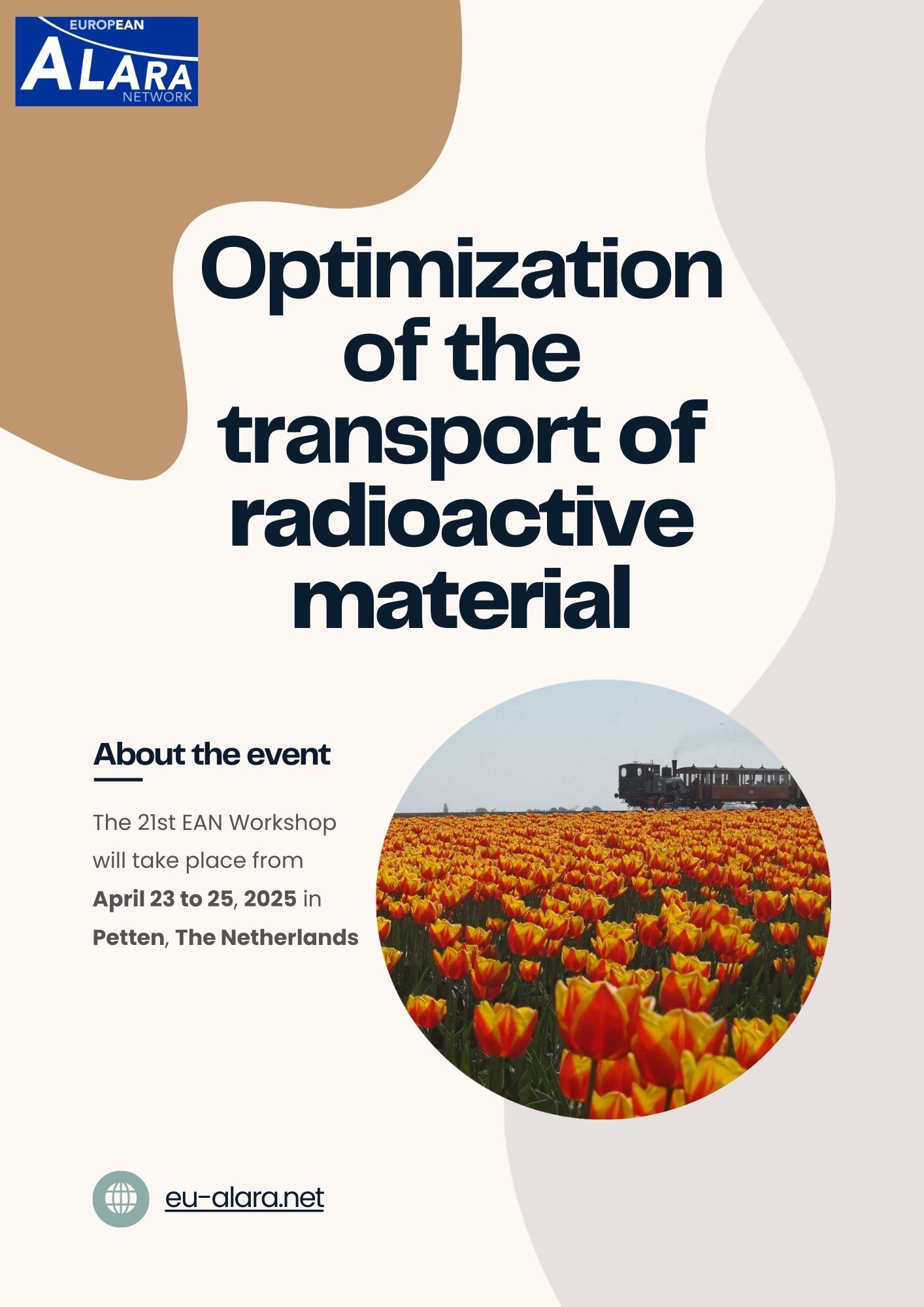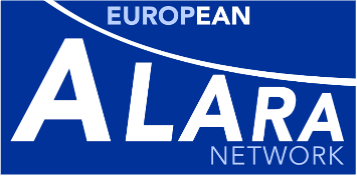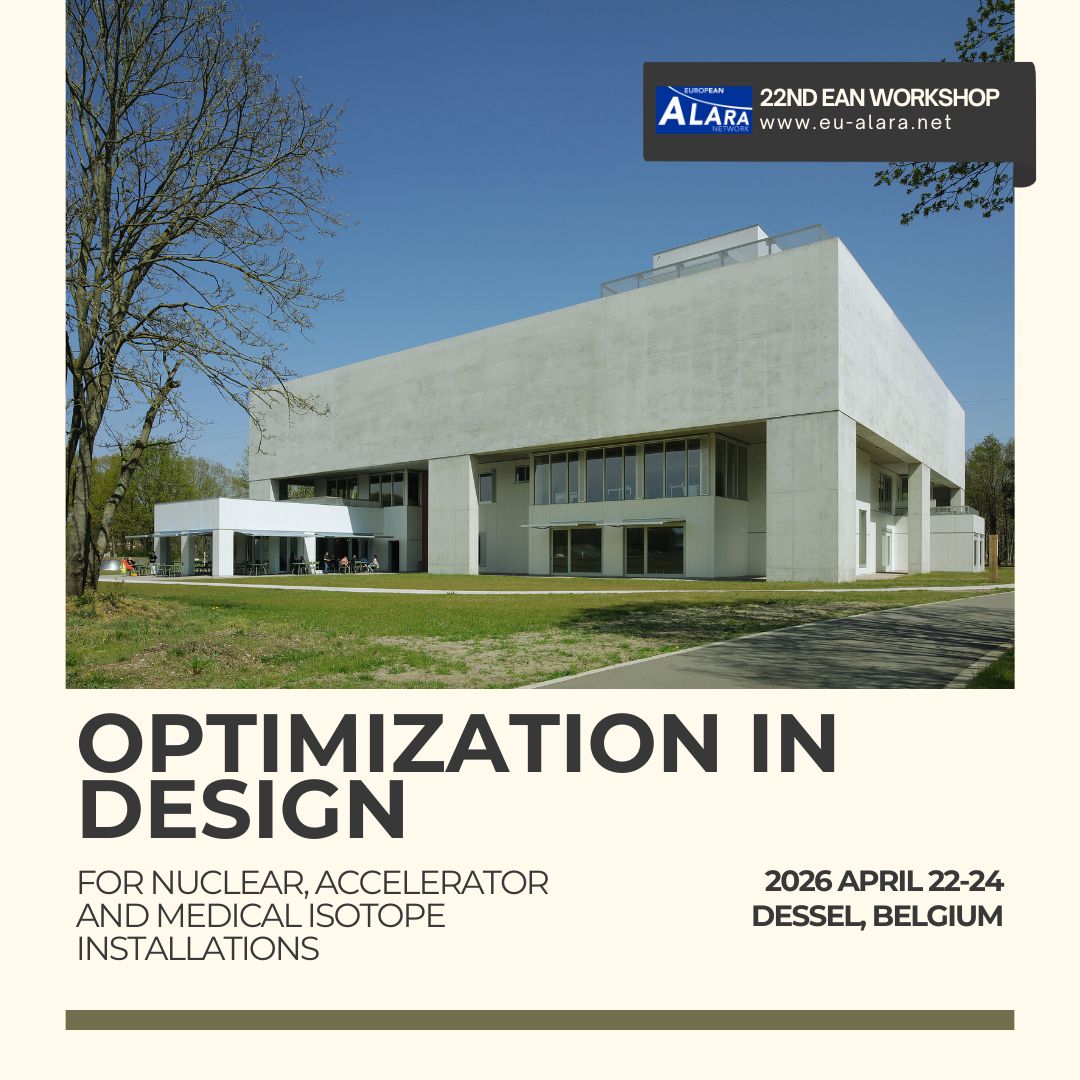EAN’s 22nd Workshop heads to Belgium in April 2026!
powered by social2s
📢 We are on LinkedIn!
powered by social2s
Follow us to stay updated on our latest news, upcoming events, publications, and more.
We’ll be sharing highlights from our work, insights from our members, and opportunities to get involved.
👉 Link here !
The Editorial Board. —
21st EAN Workshop - Optimization of the transport of radioactive material
powered by social2s
The 21st EAN Workshop on the Optimization of the transport of radioactive material took place from April 23 to 25, 2025 in Petten, The Netherlands.

Find the program and the presentations below.


